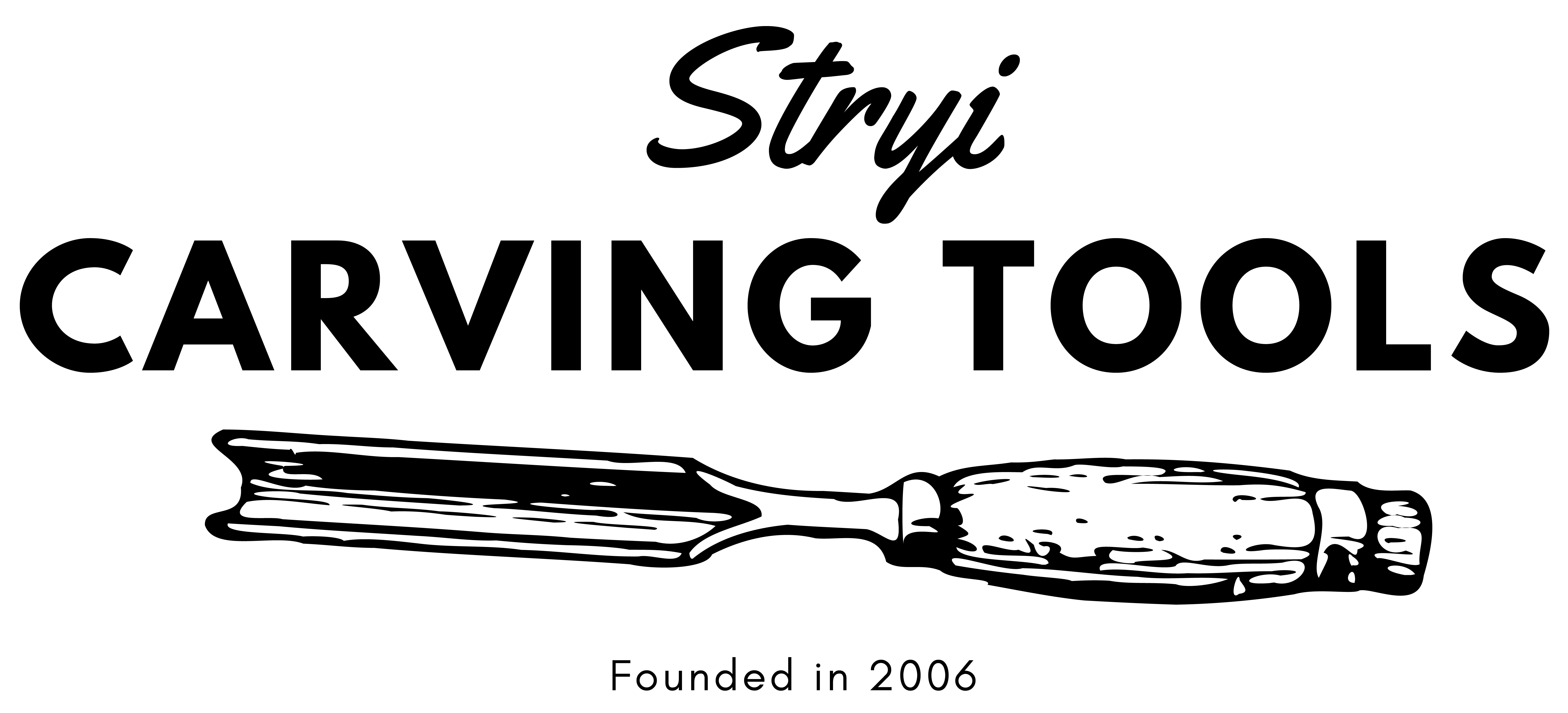Best tools for polishing and sharpening wood carving tools
Keeping wood carving tools sharp and polished is essential for achieving precise cuts, smooth details, and a professional finish. Dull tools not only make carving difficult but also increase the risk of slipping and causing injury. Whether you're a beginner or an expert, using the right sharpening and polishing tools ensures that your chisels, gouges, and knives stay in top condition.
Best tools for polishing and sharpening wood carving tools
1. Essential sharpening tools
Sharpening stones (whetstones)
Sharpening stones are a fundamental tool for maintaining wood carving tools. They come in different grits:
- Coarse (200-600 grit) – For reshaping and repairing damaged edges.
- Medium (800-2000 grit) – For general sharpening and maintaining the cutting edge.
- Fine (3000-8000 grit) – For honing and achieving a razor-sharp edge.
For curved carving tools like gouges, special slip stones with rounded edges are ideal.
Diamond sharpening stones
Diamond stones provide a long-lasting, efficient sharpening surface that works well on high-carbon steel carving tools. They are available in coarse, medium, and fine grits for different sharpening needs.
Honing rods and slip strops
- Ceramic honing rods – Great for maintaining sharpness between sharpening sessions.
- Slip strops – Specifically designed for carving gouges and V-parting tools, helping refine and polish the edges.
Leather strop with compound
A leather strop is essential for final polishing and maintaining the sharpness of carving tools. When paired with a polishing compound, it removes burrs and provides a razor-sharp edge.

2. Polishing tools for a smooth finish
Polishing compounds
Using the right abrasive compound on a strop or buffing wheel enhances the sharpness and smoothness of the blade. Common compounds include:
- Green compound (chromium oxide) – Ideal for fine polishing.
- White compound – Slightly coarser, suitable for refining the edge.
Buffing wheels and rotary tools
For a mirror-like finish, buffing wheels can be attached to rotary tools like a Dremel or bench grinder. This method is particularly useful for polishing intricate carving tools and knife blades.
Microfiber cloths
After polishing, using a microfiber cloth helps remove excess compound and maintain the tool’s shine.
3. Sharpening and polishing techniques
- Maintain the correct sharpening angle – Wood carving tools require different angles depending on the type. Most gouges are sharpened at 20-25 degrees, while knives are between 12-20 degrees.
- Use light, controlled strokes – Applying too much pressure can remove too much material and shorten tool life.
- Strop regularly – Frequent stropping keeps tools sharp for longer, reducing the need for constant sharpening.
- Clean tools after use – Wipe off dust, oil, or polishing compound to prevent buildup and rust.
Conclusion
Investing in high-quality sharpening and polishing tools ensures that your wood carving tools remain sharp, precise, and durable. A combination of whetstones, honing rods, leather strops, and polishing compounds will help you maintain the best cutting performance for your carving projects. Proper care not only enhances the efficiency of your tools but also improves the quality of your craftsmanship.













